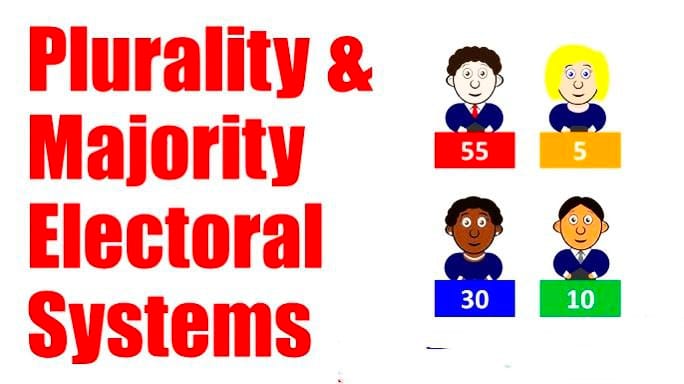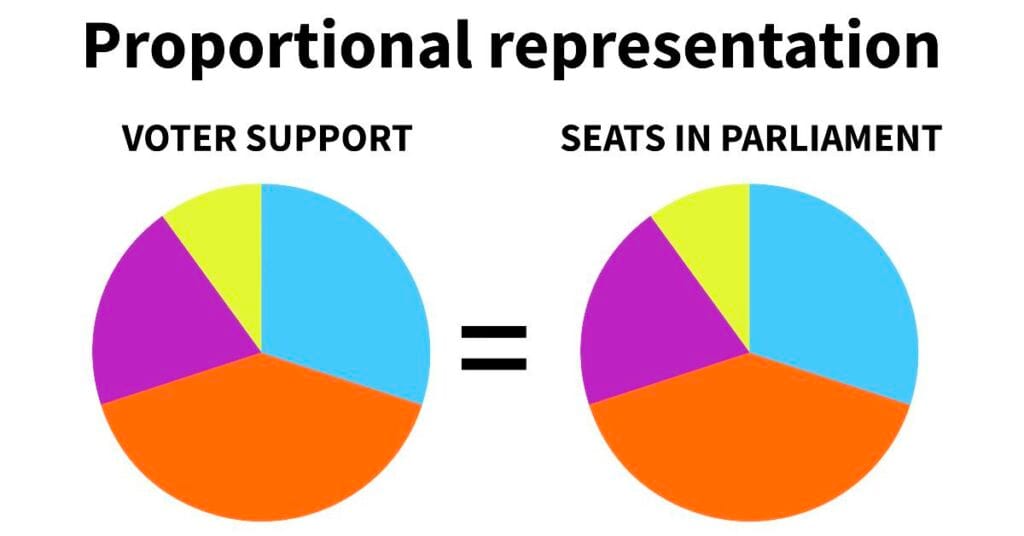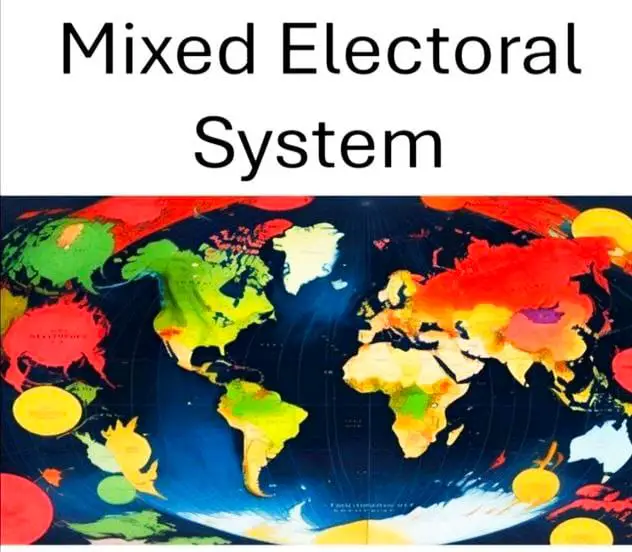Define Election System & It’s Type’s
Election System: Definition and Types
Definition of an Election System
An election system refers to the set of rules and procedures that determine how votes are cast, counted, and translated into seats or offices in a political system. It encompasses how elections are organized, the method of voting, and how representatives are chosen. The election system plays a crucial role in shaping the political landscape, influencing the number of political parties, the nature of representation, and the way governments function.
Election systems are designed to achieve certain goals, such as ensuring fair representation, creating stable governments, and reflecting the will of the electorate.
Types of Election Systems
Election systems can be categorized into three main types :

1. Plurality/Majoritarian Systems
These systems are designed to produce clear winners and strong governments, often at the expense of proportional representation. The emphasis is on achieving a majority of votes in individual constituencies.
- First-Past-the-Post (FPTP):
- Description: The candidate with the most votes in a constituency wins, even if they don’t achieve a majority. This system is commonly used in the UK, the US, and India.
- Example: In an election for a single seat, the candidate with the highest number of votes is declared the winner, even if they only win by a small margin.
- Two-Round System (Runoff):
- Description: If no candidate wins an outright majority in the first round, a second round (runoff) is held between the top two candidates. Common in French presidential elections.
- Example: In France, if no candidate receives more than 50% of the votes in the first round, the top two candidates go to a second round where a winner is determined.
- Alternative Vote (AV) (also called Ranked-Choice Voting):
- Description: Voters rank candidates by preference. If no candidate gets a majority, the least popular candidates are eliminated, and their votes are transferred until a majority winner is found.
- Example: In Australia, if a voter’s first-choice candidate is eliminated, their vote is transferred to their second-choice candidate.

2. Proportional Representation (PR) Systems
These systems are designed to ensure that political parties or candidates gain seats in proportion to the number of votes they receive. PR systems seek to represent diverse political opinions and minority groups more fairly.
- List Proportional Representation:
- Description: Voters select a party rather than a candidate, and seats are allocated to each party in proportion to the votes they receive. This can be an open-list system (where voters influence the ranking of candidates) or a closed-list system (where the party determines the ranking of candidates).
- Example: In Israel, voters vote for parties, and seats in the Knesset (parliament) are distributed according to the percentage of votes each party receives.
- Single Transferable Vote (STV):
- Description: Voters rank candidates in multi-member constituencies. Candidates are elected based on achieving a quota of votes, and votes are transferred according to voters’ preferences until all seats are filled.
- Example: In Ireland, voters rank candidates, and their votes may be transferred to their second or third choices if their first-choice candidate wins by a large margin or is eliminated.
- Mixed-Member Proportional (MMP):
- Description: Combines First-Past-the-Post with proportional representation. Voters cast two votes: one for a candidate in their local district and one for a political party. The seats are filled based on the combination of local winners and overall party vote share.
- Example: In Germany and New Zealand, voters choose both a district representative and a party. The overall makeup of the legislature reflects the proportion of votes each party receives, ensuring proportionality.

3. Mixed Systems
These systems combine elements of both plurality/majoritarian systems and proportional representation systems to balance local representation with proportional fairness.
- Parallel Voting (Mixed System):
- Description: Voters cast two votes—one for a candidate in a single-member district (FPTP) and one for a party list (PR). However, the two systems operate independently of each other.
- Example: In Japan and Russia, voters elect both local representatives and select parties, but there is no attempt to balance the two systems to achieve overall proportionality.
- Additional Member System (AMS):
- Description: A mixed system where some representatives are elected in single-member districts and others through proportional representation. Unlike parallel voting, this system is designed to correct any disproportionality created by FPTP elections.
- Example: In the Scottish Parliament, some members are elected from constituencies (FPTP), and others are added from party lists to reflect the proportion of the vote each party receives.
Conclusion
Election Systems play a fundamental role in how democracy functions in a given country, affecting the relationship between voters, political parties, and elected officials. Plurality systems tend to favor clear winners and stable governments but may underrepresent smaller parties. Proportional representation systems ensure a more accurate reflection of voter preferences but can lead to fragmented parliaments and coalition governments. Mixed systems aim to combine the advantages of both, offering balanced representation while maintaining local accountability. Each type has its own strengths and weaknesses, shaping the political landscape in different ways.
Share this content:
Leave a Reply